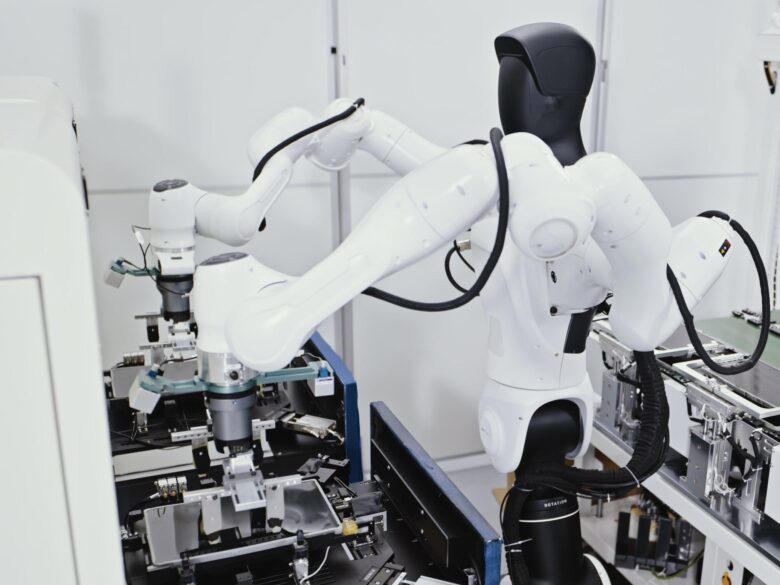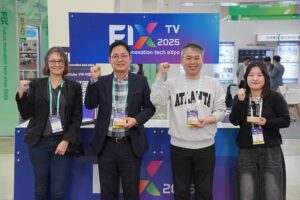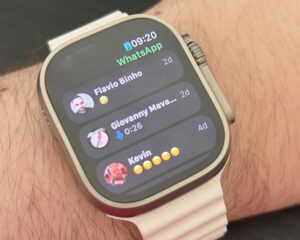AgiBot has just achieved what many in robotics research have been chasing for years: the first real-world deployment of reinforcement learning (RL) in industrial robotics. In collaboration with Longcheer Technology, the company’s new Real-World Reinforcement Learning (RW-RL) system has moved from lab demonstrations to a functioning pilot line — and that could completely change how factories train and adapt their robots.

Photo credit: courtesy of AgiBot
Why It Matters
Traditional industrial robots are great at repetitive work but rigid when conditions change. If the product design, part position, or even lighting differs slightly, engineers must stop production, adjust fixtures, and rewrite code — a process that can take days or weeks.
Reinforcement learning flips that logic. Instead of following static instructions, robots learn by doing, optimizing their performance based on outcomes. The challenge has always been that this process is too slow and unpredictable for real-world factories — until now.
AgiBot’s new RL platform allows robots to learn new skills in minutes and automatically adapt to variations like tolerance shifts or alignment differences. The company says the system achieves a 100% task completion rate under extended operation, with no degradation in performance.
Smarter, Faster, and Way More Flexible

Photo credit: courtesy of AgiBot
AgiBot’s Real-World Reinforcement Learning stack addresses three fundamental issues that have limited factory automation for decades:
-
Rapid Deployment: Robots acquire new tasks within tens of minutes rather than weeks.
-
High Adaptability: The system self-corrects for part placement errors and external disturbances.
-
Flexible Reconfiguration: Production line changes require only minimal setup and no custom fixtures.
This approach could dramatically improve flexible manufacturing, where production lines often switch models or product variants. In consumer electronics and automotive components — industries notorious for short product cycles — the ability to reconfigure automation on the fly could mean faster time-to-market and lower integration costs.
AgiBot’s RL system also bridges perception, decision, and motion control into a unified loop. Once trained, the robot operates autonomously, retraining only when environmental or product changes occur. The company describes this as a step toward “self-evolving” industrial systems.
From Research to Reality
The accomplishment builds on years of research led by Dr. Jianlan Luo, AgiBot’s Chief Scientist. His team previously demonstrated that reinforcement learning could achieve stable, real-world results on physical robots. The industrial version now extends that work into production environments, combining robust algorithms with precision control and high-reliability hardware.
According to AgiBot, the system was validated under near-production conditions, running continuously on a live Longcheer manufacturing line. This closes the loop between AI theory and industrial practice — a gap that has long limited reinforcement learning’s commercial adoption.
A Leap Forward for the Future Factory

In the Longcheer pilot, RL-trained robots executed precision assembly tasks while dynamically adapting to environmental changes, including vibration, temperature fluctuations, and part misalignment. When the production model switched, the robot simply retrained in minutes and resumed full-speed operation — no new code, no manual tuning.
AgiBot and Longcheer now plan to extend the technology into new manufacturing domains, aiming to deliver modular, fast-deploy robot systems compatible with existing industrial setups.
Hardware and Ecosystem
AgiBot hasn’t disclosed which compute platform powers its reinforcement learning system, but given that its AgiBot G2 robot runs on NVIDIA’s Jetson Thor T5000 — a 2070 TFLOPS (FP4) module built for real-time embodied AI — it is likely that the same GPU-based architecture underpins this new milestone. The G2’s hardware already supports running large vision-language and planning models locally with sub-10 ms latency, making it an ideal foundation for real-time learning and control.
This latest RL breakthrough also fits into AgiBot’s broader embodied-AI roadmap, which includes LinkCraft, a zero-code platform that transforms human motion videos into robot actions, and its growing family of general-purpose robots spanning industrial, service, and entertainment roles.
To my knowledge, AgiBot’s real-world reinforcement learning deployment is more than a technical milestone — it signals that embodied AI is finally leaving the lab and entering the factory. While Google’s Intrinsic and NVIDIA’s Isaac Lab have been developing reinforcement-learning frameworks for years, AgiBot appears to be the first to deploy a fully operational RL system on a live production line.
If this approach scales, it could mark the beginning of the adaptive factory era, where robots continuously learn, adjust, and optimize without halting production.
AgiBot Brings Reinforcement Learning to the Factory Floor — A First for Industrial Robotics
, original content from Ubergizmo. Read our Copyrights and terms of use.



